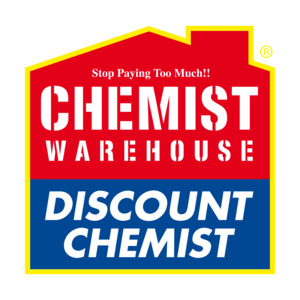It looks like Chemist warehouse has 1/2 price on La Roche-Posay Athelios sunscreen range. Not sure when this went on sale but it wasn't in the catalogue. This is the lowest price I've seen for this very popular sunscreen.
The linked product is their most popular facial sunscreen, designed for normal, combination and sensitive skin prone to sun intolerance, is fragrance-free, paraben-free, non-comedogenic. It also comes in a tinted version
For other skin types:
- Those with oiler skin types may prefer the Anthelios XL Dry Touch SPF50+ Sunscreen For Oily Skin - untined or tinted - $14.96
- Those with dry skin types may prefer the La Roche-Posay Anthelios ULTRA SPF50+ Face Sunscreen For Dry Skin 50ml- untinted or tinted - $14.96
Amazon has matched the facial sunscreen (Sold out) and it may work out better for you if you have Prime or want to pay subscription price. Be careful though, not everything has been price matched - the ultra-light spray is more expensive than Chemist Warehouse, but the oily skin and dry skin versions are the same price.






Yeah… No chance I'd be using octycrylene or ecamsule. Or even avobenzone. At the very least you're killing the sea life, at most yourself along with it.
Far better off just using a mineral based sunscreen. Preferably zinc oxide, as the titanium dioxide stuff doesn't cover the UVA spectrum.
This stuff is dangerous. The FDA are discovering that now…